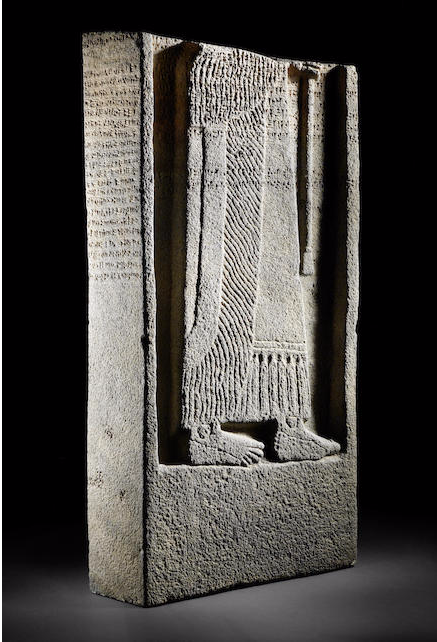
Could a cuneiform curse be coming back to haunt the owner of an Assyrian stele? As reported by the Art Newspaper, Bonhams withdrew a piece from its auction on Monday over concerns that it had been illegally obtained. This marked at least the second time that its Swiss owner has failed to sell the artifact.
A cuneiform inscription on the black basalt monolith warns that anyone who should remove it from its Syrian shrine will fall victim to a curse—and now the auction house and the seller are out an estimated $1–1.3 million.
The stele’s inscription reads:
Whoever discards this image from the presence of Salmanu . . . and places it into a taboo house which it is inaccessible, may the god Salmanu, the great lord, overthrow his sovereignty; may his name and his seed disappear in the land, may he live in a contingent together with the slave women of his land.
While the owner, Halim Korban, claims his father gave him the ancient object in the 1960s, there are no corroborating records. The statue comes from Syria’s Tell Sheikh Hamad archaeological site, which was looted in September 1999. The collector’s first unsuccessful attempt to sell the piece was at Christie’s in 2000.
The artifact is only half of a larger piece dedicated to and depicting King Adad-nerari III. Although the British Museum has owned the top portion since 1881, the institution had made it clear they had no intention of reuniting both halves even before the sale was cancelled.
An ancient curse striking an ambitious archaeologist may sound like the stuff of cinema, but with police forces from three countries, Interpol, and UNESCO on the case, the owner’s luck does seem to have taken a turn for the worse.